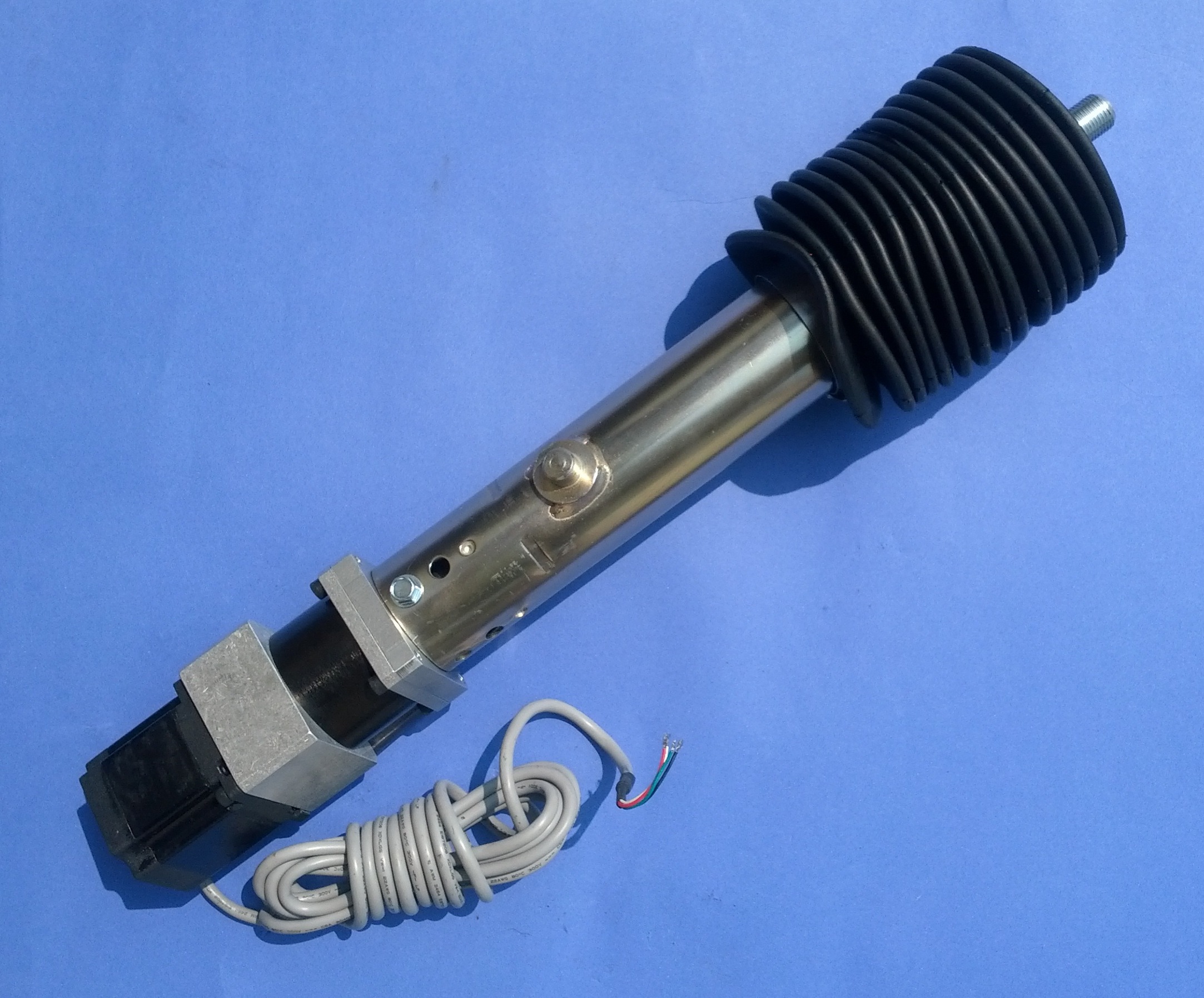Stepper motor actuators are among the popular types of actuators used in a variety of industries. The actuator uses a step method to perform a particular movement in an application. Unlike a linear actuator, which moves only in a perpendicular motion, stepper motor actuators move in rotating motions, which is performed using magnets. As its function is extremely specific, you will find stepper motor actuators in varied yet particular applications such as printers, floppy drives, scanners, and even CNC machines.
The Working of a Stepper Motor Actuator
The core of the actuator comprises 4 magnetic points. The points are set against a set of teeth around the core of the motor. As each step takes place, the magnets move along in a circular motion and fit into each tooth. Generally, the most common motor used in a stepper motor actuator is the 12 volt stepping motor. This motor provides enough power to enable 100 steps in an application. A controller is attached to the motor in order to make the magnets work. The controller allows the engineer to manipulate the motor and adjust to whatever specifications he requires for the application.
Advantages of a Stepper Motor Actuator
The flexibility and efficiency of the stepper motor actuator has made it a popular option against servo motors. Here are the advantages of stepper motor actuators:
- High Accuracy: As the step method is used to perform the rotary movement, there is very little chance for error. Even under open loop control, an application will have high performance accuracy.
- Flexibility: These actuators have the capability to adapt to digital control applications. The reason for this is the cumulative attributes of command and motion.
- Stability: Stepper motor actuators are known to remain stable without undergoing any huge problems even after long periods of use.
- Cost Saving: Thanks to the design of the actuator, there is no need for a measurement system, which can add to a higher cost. Also, the cost for the controller is economical.
A variety of industries can benefit from the design, flexibility, and accuracy of stepper motor actuators.

